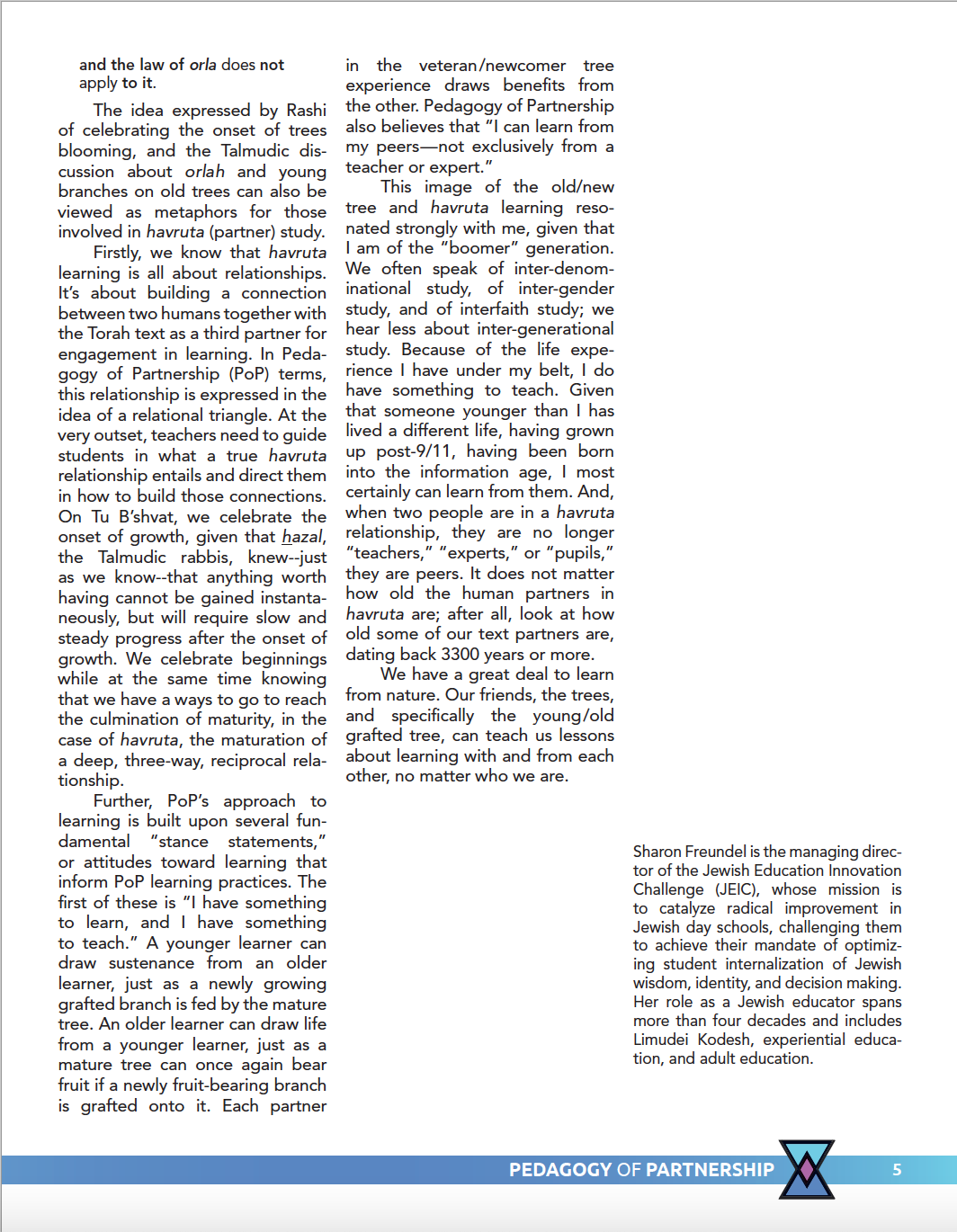Rabbi Lord Jonathan Sacks z’’l writes in his book Lessons in Leadership, that “Jews became the only people in history to predicate their very survival on education. The most sacred duty of parents was to teach their children … Judaism became the religion whose heroes were teachers and whose passion was study and the life of the mind. The Mesopotamians built ziggurats. The Egyptians built pyramids. The Greeks built the Parthenon. The Romans built the Coliseum. Jews built schools. That is why they alone, of all the civilisations of the ancient world are still alive and strong, still continuing their ancestors’ vocation, their heritage intact and undiminished.”
Elaborating on Rabbi Sacks’ idea, Sharon Freundel maintains that “by “schools,” he means not buildings, but spaces, physical or virtual, in which learning takes place. Schools are made up of students, educators, parents and other interested individuals. They are not the buildings within which they reside, and this lesson has truly hit home since last March.”
JEIC managing director Sharon Freundel shares her article on “Grounded Meaning” in the winter 2021 Jewish Educational Leadership double-issue about meaning-making in Jewish education.
Sharon Freundel’s article — “Can Zoom Innovations Change Our Teaching For the Better?” was recently featured in Yeshiva University’s Azrieli Papers. Their Volume I on Teaching and Learning explores COVID-19 and Chinuch, lessons learned and opportunities uncovered.
Day schools often teach students to recite prayers even before they can read. As students grow, schools expand the number recited and focus on the performative aspects of Jewish prayer and/or the siddur as text. While this knowledge and skill set has great value, this tendency to focus on the performative overlooks the most important landscape for a meaningful and transformative tefillah experience—the student’s inner life as the field for deepening a connection to God as a source of transcendent love and guidance.
During this webinar by the Jewish Funders Network — the third in a three-part series about remote learning and engagement — Rachel Mohl Abrahams, senior advisor for education grants and programs at the Mayberg Foundation, explores best practices and opportunities in Jewish education and day schools in the context of remote learning.
Many Jewish educators struggle to use Tanakh for its greatest gift — the fashioning of committed Jews. Teachers could guide their students to go down a joyful and fruitful path by inviting students to a world of wonder and belief.
Read about a different strategy for teaching Tanakh in Rabbi Shmuel Feld’s recent blog post, originally published in Prizmah.
Learn about JEIC’s work to reimagine Tefillah, in partnership with the Jewish Federation of Broward County at Brauser Maimonides Academy and Shaarei Bina Torah Academy for Girls in this piece by Rabbi Arnold Samlan in eJewish Philanthropy, titled “Bringing a Spirit of Innovation to Town.”
What can foundational Jewish sources teach us about grading practices in Judaic studies classes?
Ethics of the Sages 2:1 teaches, “רַבִּי אוֹמֵר... וֶהֱוֵי זָהִיר בְּמִצְוָה קַלָּה כְבַחֲמוּרָה, שֶׁאֵין אַתָּה יוֹדֵעַ מַתַּן שְׂכָרָן שֶׁל מִצְוֹת. Rabbi [Judah the Prince] said...And be as careful with an easy commandment as with a difficult one, for you do not know the reward for the fulfillment of the commandments.”
Conversely, 5:2 teaches, “בֶּן הֵא הֵא אוֹמֵר, לְפוּם צַעֲרָא אַגְרָא. Ben Hei Hei said: According to the labor is the reward.”
These statements appear contradictory. Either we don’t know the reward for a given action, or we realize that the greater the effort, the greater the reward. How do we reconcile these two ideas?
Five years ago, I had the unique opportunity to design a middle school. That kind of opportunity invites you to ask, “What if we try…,” and to creatively explore the possibilities that we often wish to pursue in education. Filled with all of the visions my colleagues and I had discussed as to what we would do if only we could start from the beginning, I sought to develop a program that encompasses the hallmarks of what we have all seen in successful educational experiences: integrated learning, authentic academic experiences that can have a broader impact, and opportunities for learning that are personally relevant and intrinsically motivating. The outcome of this quest became our Scholars Forum, a program at MILTON that explores contemporary issues through a multidisciplinary lens and that empowers students to use their learning to inform, advocate, influence, and change.
Since the start of the Covid-19 pandemic, and with the rapid flip from in-school to on-line learning, I have heard countless statements that school as we know it, will change forever. I certainly understand why some would make these claims: broadly speaking, and with notable exceptions, Jewish day schools were able to pivot and provide a re-imagined balance to the 2019-2020 school year, and as of this moment, most of these same schools have pivoted again to provide Covid-conscious in-building education this fall.
Yes, many changes were made, but will this mean that the institution known as school will be forever changed? Despite extraordinary advances in technology, social upheaval, economic growth, and new understandings of the human mind, history has shown only limited lasting change in schools since the catalyzing events of the 1950s, namely Brown vs the Board of Education and the launch of Sputnik and the ensuing space-race. I add to this a concern that the desire for change is frequently counterweighted by a deep desire to return to the familiar and “normal.”
I would like to posit here that while I am skeptical that schooling has changed forever, I do think that there may be an enduring change in our feelings about school and the parental understanding of what school is and can be.
Here is what I think may have really shifted for good:
This question went through my mind more times than I can count when sitting in meetings with faculty and staff, or having a conversation with a parent. Time and time again, the frustration of not being able to help others see my perspective as head of school was difficult to hide. It took me a while and some hard-to-take feedback to finally realize that it wasn’t just me asking that question – everyone in the room was thinking the same about me: how can I make her understand?
It seems so obvious, but it is not obvious at all. That’s the reason why so many books and articles about leadership, emotional intelligence, and about having difficult conversations are piling up in all our inboxes, nightstands, and e-readers.
How do we focus on understanding others, who are our partners in the difficult discussions in school life?
Chevy Chase, MD (October 26, 2020) – The Jewish Education Innovation Challenge (JEIC) has awarded a total of $80,000 to four Jewish day schools through Ignition Grants for God Expansion.
JEIC initiated its Ignition Grants program in late 2018 to continue to catalyze change in day schools by supporting creative, out-of-the-box programs through micro-grants to a wider population of schools. Ignition Grants for God Expansion were added in summer 2020 to advance distinctive, enduring approaches for elevating and deepening the God-student relationship.
This past spring, PoP teachers demonstrated that partnership learning could indeed transfer online, deepening learning and relationships via Zoom in place of face-to-face classroom dynamics. PoP therefore turned to creating the conditions and tools for social interaction, relationship building, and rich meaning-making in an online context.
Resilience describes the combined psychological strength to cope with stress and hardship while creating an adaptable Plan B. Adam Grant, noteworthy organizational psychologist , explains, “I don’t think there is any skill more critical than resilience.”
The field of research on resilience demonstrates that intrinsic motivation mechanisms fuel the development of resilience. Embedded in the fiber of Judaism, resilience emerges in many ways through our texts, rituals, and beliefs.
During the time of Coronavirus, stressors and altered learning platforms require a teacher to inculcate this Jewish trait of resilience more explicitly into the students. Being able to return to normal after or grow from a negative situation (an aspect of resilience) involves filling the toolbox before the stressful situation occurs.
Two years ago, I wrote a blog post entitled Modeling the Joy of Judaism in which I proposed that parents together with the Jewish day schools need to inculcate their children with the joy connected to Judaism and with happiness and excitement about the prospect of fulfilling mitzvot. The article reflected on the intensity of the month of Tishrei with the sweet symbolism of Rosh Hashanah, the introspection associated with Yom Kippur, and the unbridled joy of Sukkot and Simchat Torah, all of which ingrain in our children the meaning and importance of Jewish traditions and values.
We now live in a world in which parents, much more than educators, are influencing how their children see and respond to the world. The necessity of going online and of each family hunkering down in its own abode has intensified the parent-child relationship. The experiential learning that schools have done in the past for the Tishrei holidays: the apple-picking and honey tasting, the sounding of the shofar, the building of and enjoying a snack with the associated brachot (blessings) in the school sukkah, the shaking of the lulav and etrog, the dancing and singing surrounding the Hoshanot ceremony, and the creation of Sifrei Torah (Torah Scrolls) from 2-liter soda bottles and rolls of paper, cannot take place this year as in past years and will, at best, be only a pale reflection of a robust communal school experience in crafting the ambience of the holidays. This year, the hands-on elements of the holiday experience will, by needs, fall mostly on the parents.
There’s no time like Rosh Hashanah to think about the big picture. God created the world with great potential and only the creation of humans on the sixth day enabled that potential to be realized. A midrash in Chullin 60b reveals to us that while the earth brought forth grasses on the third day of creation, they grew underground, unable to sprout above soil until the needs and will of a human being to pray for rain brought vegetation to fruition. All of creation hovered in potential until Adam was created and developed a relationship with the Creator.
And so we carry that legacy now thousands of years later. We carry the responsibility to bring forth potential from our world. From the most mundane material object to a divinely created soul we are blessed to care for, we are tasked with developing the potential of each in its fullest form.






















